
Polestar announced life cycle assessments (LCA) for its large electric performance SUV Polestar 3. The domestic release schedule for Polestar 3 has not been determined and will be announced later.
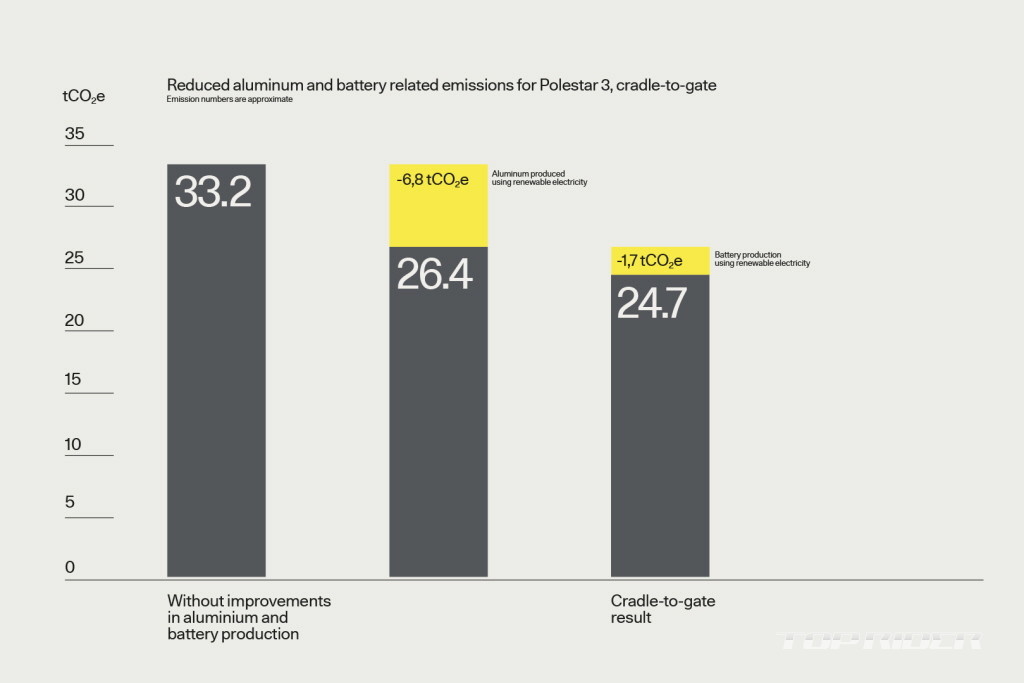
Polestar 3 emits a total of 24.7 tons of greenhouse gases (CO2e) during the ‘cradle-to-gate’ process, which is lower than the 26.1 tons announced at the time of Polestar 2’s launch in 2020. It proves that even a large SUV can have a lower climate impact than a smaller vehicle, while also showing that Polestar is committed to minimizing its environmental impact.

According to the Polestar 3 life cycle assessment, most greenhouse gases (GHG) are generated during the extraction and processing of various materials, which are made up of three components: aluminum, steel, and batteries. Carbon emissions from the production and refining process of materials account for 68% of the total, of which aluminum accounts for 24%, iron and steel account for 17%, and battery module production accounts for 24%.

Polestar 3’s ambitious carbon emissions reduction goals are inspired by Polestar 2, which has continuously reduced its carbon footprint throughout the entire shipping process since its launch. By using 81% of Polestar 3’s total aluminum production and 100% renewable electricity for the lithium-ion battery cell module production and anode and cathode material production processes, a total of 8.5 tons of greenhouse gases (CO2e) could be reduced.
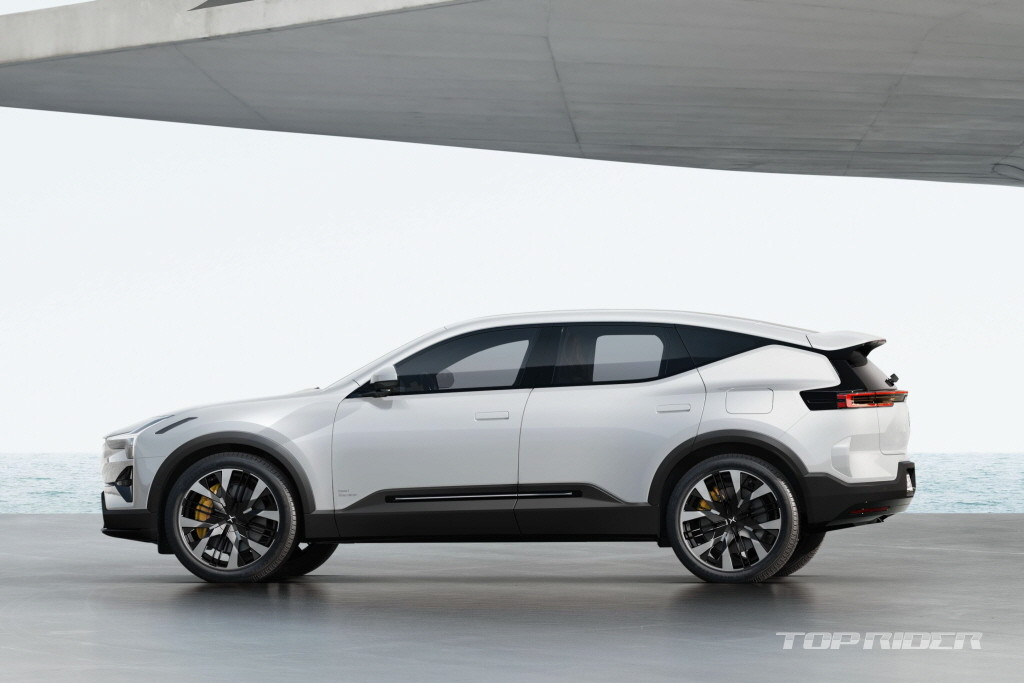
Polestar is purchasing aluminum produced from renewable electricity and is proposing new solutions that extend its reach to include steel. We also plan to continue reducing our carbon footprint through completely new solutions related to electronics, tires and thermoplastics.
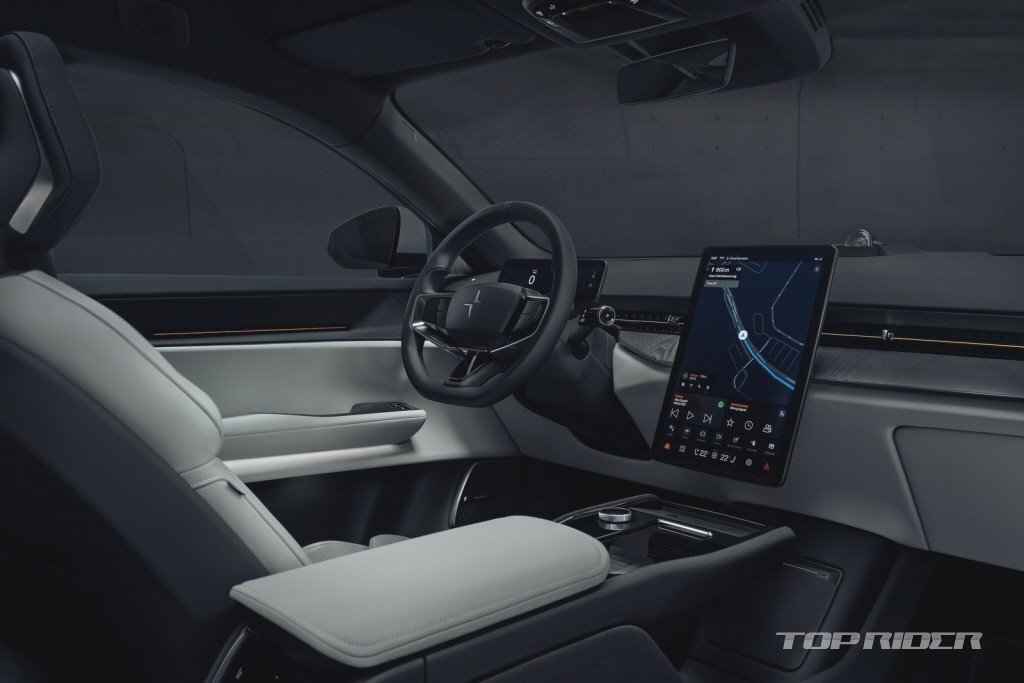
The Polestar 3 will be produced at Volvo Cars’ Chengdu plant in China, with additional production scheduled to begin in South Carolina, USA, in mid-2024. Both manufacturing plants will use 100% renewable electricity, and a separate life cycle assessment (LCA) will be performed for vehicles produced at the US plants.
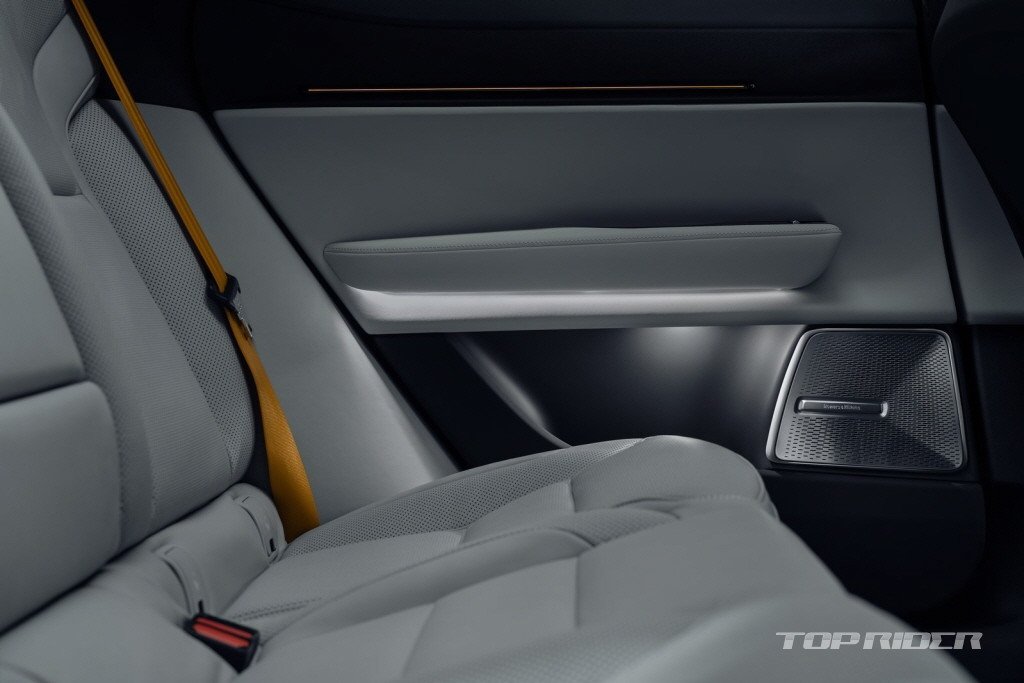
“The majority of automotive greenhouse gas emissions come from the extraction and processing of materials,” said Fredrika Klarén, Polestar’s head of sustainability. “What can we do to reduce production-related greenhouse gas emissions? We believe there is a lot of work left to do, while at the same time strengthening the role of electric vehicles as an innovation and climate solution. “Polestar 3 proves this.”

Polestar’s Life Cycle Assessment (LCA) provides comprehensive transparency into the car’s environmental impact, calculated across three different electrical components and a lifetime driving range of 200,000km. The methodology for assessing electricity at the use stage has been updated and includes realistic scenarios from the International Energy Agency. This highlights the potential to reduce vehicle emissions at the use stage, taking into account the growing share of renewable energy.
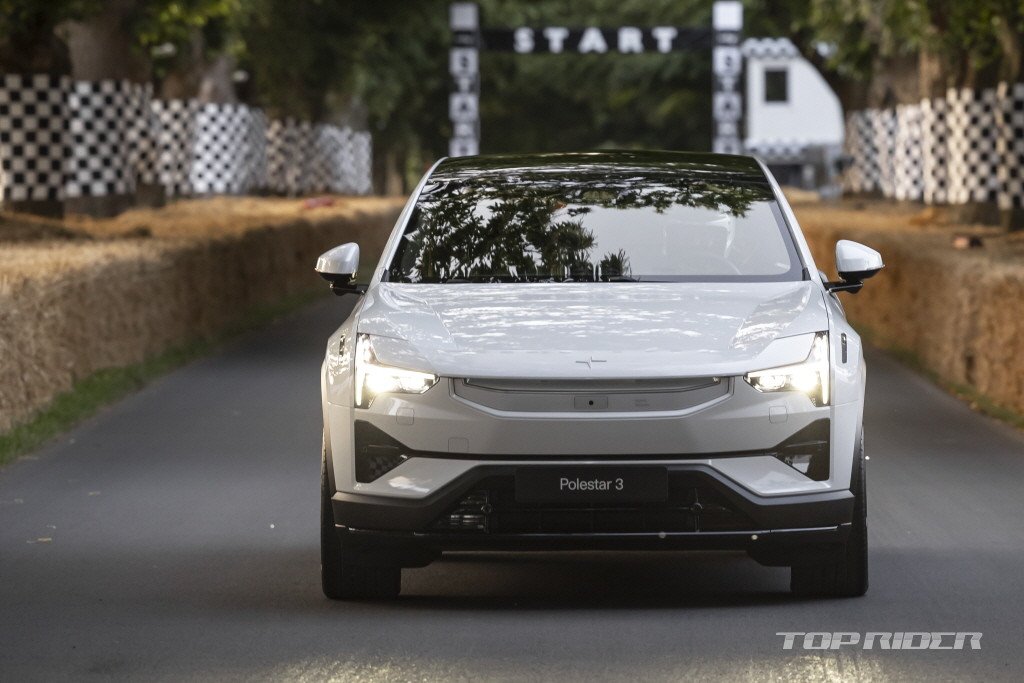
This Polestar life cycle assessment includes vehicle maintenance calculations for the first time, and the carbon footprint of charging a vehicle over its life cycle ranges from a minimum of 28.5 tons to a maximum of 44.5 tons, depending on the electricity used. It was reviewed for the first time by a third party, Ricardo plc, a global strategy, environmental and engineering consulting firm, and the life cycle assessment and product sustainability declaration can be found on the website.
